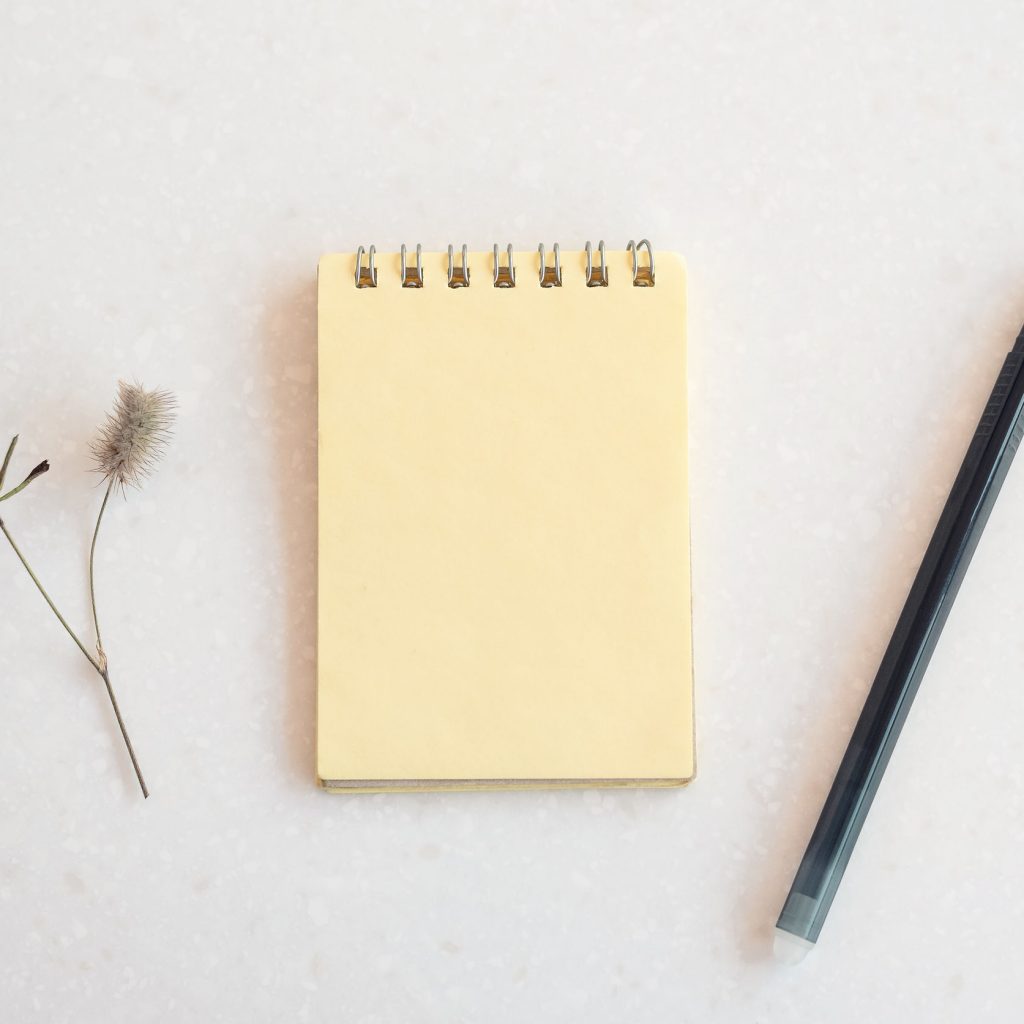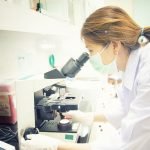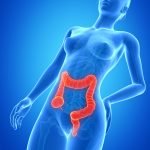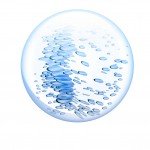JARED L. ZEFF, ND, VNMI, LAC
The following is not an article prepared for a medical journal. Not every statement of fact is cited or referenced. This is a commentary on the medicine, a running set of observations about practice in the field. It’s not meant to be a peer-reviewed presentation; rather, these are notes and thoughts from a practicing naturopathic physician, a primary care doc in general practice.)
Interstitial Cystitis
Being in general practice as a primary-care naturopathic physician, I treat all kinds of patients with all kinds of conditions. When asked what I do, whether I specialize, I tell people that I have a family practice and treat a lot of chronic disease patients. My “specialty” is naturopathic medicine. In fact, I have generally spoken against the concept for developing specialty societies, since it is the nature of our medicine to heal the sick regardless of their specific malady or the nature of their illness. The philosophy of the medicine is such that regardless of the problem, the patient should heal as long as their vitality is still sufficient and they have not progressed in the disease to the point of precluding that possibility.
I say all this because I have developed a kind of specialty in the treatment of interstitial cystitis (IC). Among the many maladies I have seen, I encountered this one occasionally, and I treated it as I usually do. And I have had success with it as well as with most maladies, which is to say not completely, but mostly.
But I began to get more calls from people with IC after one of the people I treated had good success after years of misery, and she wrote about it in her apparently well-read blog, and word spread. Interstitial cystitis is a nasty illness. There is little that can be done conventionally. It is generally considered incurable. Thus, my reported success started to spread among those afflicted with IC, and as these things happen, my case load increased and I began to develop an international reputation in this area. I have now received patients with IC from all around the world, including Saudi Arabia, South Africa, Paris, Toronto, London, Tokyo, Germany, Peru, Mexico City, and all around the United States. So now I see a lot of this. I do not help everyone, but probably around 80% of my patients are cured of IC, and many within a short time.
According to the Merck Manual (Eighteenth Edition), “[IC] is a noninfectious bladder inflammation that causes pain (suprapubic, pelvic, and abdominal), urinary frequency, and urgency with incontinence. Diagnosis is by history and exclusion of other disorders. With treatment, most patients improve, but cure is rare.” That “cure is rare” is the operative phrase. One of the newer treatments for IC is cystectomy, ie, surgical removal of the bladder, which does not always stop the pain. What we are dealing with is a syndrome characterized by pain and inflammation, with no known cause and no known curative treatment. Sounds just right for naturopathic intervention.
Case 1
I first saw this patient about 12 years ago. She was 43 years old at the time. She came to me complaining of vulvodynia of 12 years’ duration; it began after the birth of her second child. She reported that the vulvodynia slowly seemed to shift to her bladder, and as the vulvodynia eased somewhat, the bladder pain worsened. She has good days and bad days. She told me that she got very ill at age 35, and was diagnosed with Sjogren’s syndrome and lupus. She adopted a “caveman diet,” which helped; she felt much better. Then she got pregnant, ate “normally,” and got sick. She was put on a gluten-free diet and given betaine HCl to take with meals. Then she developed the vulvodynia, and then the IC. At the point she consulted me, she had constant pain in her bladder and urethra, stabbing pain in the vaginal walls, and urinary frequency and incontinence. She had also suffered from chronic sinusitis since age 18, insomnia since pregnancy, and recurrent yeast infections. She was being treated with antidepressants and cortisone, which helped somewhat. She would get rashes when in the sun, which she attributed to sun allergy. She would bleed 20 days of the month. This was helped by progestins.
I gave her a dose of Estradiol 12X, and she said the urethral pain eased somewhat, as did the vulvodynia. I gave her a dose of Natrum muriaticum 200C, and she had more pain relief. I gave her a diet based on old Dr Carroll’s method, which had demonstrated a fruit intolerance. I had her start daily constitutional hydrotherapy treatments. I made her a botanical tonic of Glycyrrhiza, Trifolium, Chimaphila, Althea, Mahonia, and Lespedeza. And I gave her a glandular formula to support female hormones, along with an adrenal cortex glandular, 200 mg, to be taken each morning.
I saw her 2 weeks later. She reported feeling somewhat better, with less fatigue and pain. Her bladder was better on some days. She said she experienced 20 minutes without any pain on one of those days, which was unusual. The constant burning at the tip of the urethra was better. Instead of bladder pain, she now mostly had what she described as discomfort. She was sleeping better, and her anxiety had improved. She said that everything was 20-25% better. I continued her regimen but changed the Natrum mur dose to 1LM daily.
I saw her 1 month later. She reported a couple of pretty good weeks and felt that the herbal medicine helped reduce the discomfort. Episodes of pain were related to diet. The urethral burning was mostly gone: 75-80% improvement. The vulvodynia was much improved, though not completely gone. She reported that a nearly-constant back pain was now mostly gone unless bladder pain occurred. I had her continue on the same regimen.
I saw her 2 months later for acute sinusitis that featured thick, sticky mucus. She reported that the IC/vulvodynia had continued to improve and that her periods were nearly normal in length. I continued the same regimen, but added Kali bichromicum 30C, to take as needed for the sinus congestion. I saw her 3 months later. The IC/vulvodynia had cleared. Her primary problem now was fatigue, which seemed to be adrenal in origin. She had stopped the hormonal and homeopathic treatment during the preceding interval because it was no longer needed and her periods were normal. I increased the adrenal cortex to 400 mg daily. Two weeks later, she reported that her energy was back. She remained on the adrenal support at that level for 1 month, then began to decrease it, and stopped when she no longer needed it.
I have since seen her a few times for some acute problems, but she reports no pelvic pain unless she strays from the no-fruit regimen for a time. Then she tightens her diet and the pain clears, but even when it flares, it is never as bad as it was originally. She has had no sign of Sjogren’s or lupus, either.
Case 2
This is the case of a woman, 41 years old, whom I saw about 8 years ago. In her case, the IC came on fast after the birth of her second child 10 years prior. She experienced what she thought was a bladder infection, was prescribed antibiotics, but they did not help. She was eventually diagnosed with IC. She found that the GAPS diet helped, but it was difficult to follow and any dietary error brought the symptoms back. She also suffered from extreme fatigue with a mid-afternoon crash. She complained of double vision, dizziness, and hypoglycemia, with occasional bouts of shortness of breath and chest pain. She had lots of nausea, and alternating days of diarrhea and constipation led to diagnosis of irritable bowel syndrome (IBS). She had been battling yeast infections for years as well, including a yeasty skin rash.
Her blood pressure was 98/65 mm Hg during that first visit. Her blood glucose was 80 mg/dL. Based on my physical exam and her history, my assessment was adrenal fatigue, digestive disturbance, probably hypothyroidism, and IC. I gave her a diet based upon Dr Carroll’s method, as well as a bitter tonic of Gentiana and Scutellaria to take with meals. I gave her botanical adrenal support consisting of 2 parts Glycyrrhiza, 1 part Eleutherococcus, and 1 part Panax, 3 capsules 3 times daily. I had given her a dose of homeopathic Equisetum in the office, and her bladder pain had eased, so I told her to take it in the 6C potency once daily and also as needed for the pain. I instructed her in constitutional hydrotherapy to do at home, as she lives 2 hours from my clinic and a daily trek in for treatments was not feasible. She turned out to have a fruit intolerance per Carroll’s method.
I saw her 1 month later. Her energy had improved somewhat, and the dizziness and hypoglycemia had reduced slightly. She was still bloated and had some nausea, but both were better. She reported that the hydrotherapy helped a lot, but she wondered whether she had SIBO. She still had the urethral pain, but it was less frequent and less intense. She still seemed hypothyroid.
I added some iodine to her regimen, and betaine HCl to take with meals. I gave her 1 grain USP thyroid to take each morning, and had her continue the adrenal support. I changed the Equisetum to Cantharis, which produced improvement in the office during this second visit. I asked her to take it daily until it was not needed.
I saw her 1 month later, and her digestive symptoms were much improved. Her energy had increased. She reported having felt good for a whole week, which was quite unusual. The dizziness was gone. Her menstrual cycle had normalized to 28 days – the longest in years, she said. She reported her urethral pain was 25% better. She was still taking the Cantharis, but not as often; what had been maybe 2-3 times daily was now only once every 3-4 days.
I saw her 2 months later. Her bladder pain was gone, and had been for a month. Her digestion was much improved. Her energy was “normal.” There was no more yeast infection. She still needed the thyroid support, but less adrenal support.
I have heard from her a number of times since then, and treated her for a few acute problems; however, her bladder has never been a problem since, and she no longer needs the thyroid support. Her IC is gone, as far as she can tell, even if she makes an occasional dietary error.
Case 3
This woman came to me from Texas about 18 months ago after hearing about my success with IC. She had been diagnosed with IC 18 months prior. Her bladder was in constant discomfort and increasing pain. She felt frequent urgency to urinate. She was treated initially for bladder infection based on symptoms but had not responded to the antibiotics; this led to the diagnosis of IC. She also had IBS, gastric reflux, and had been diagnosed previously with Sjogren’s syndrome. I determined she had a milk intolerance, and therefore recommended that she stop all milk products. I gave her a bitter tonic to take with meals. Given her abuse history, I gave her a dose of Staphysagria 200C, and the bladder pain eased a bit. I sent her home with the dietary recommendation, instructions for daily constitutional hydrotherapy at home, the bitter tonic to take with meals, and Staphysagria 1LM to take before bed each night.
I heard from her 4 months later. Her bladder had calmed down a lot. She had ceased the Staphysagria. But when she had a bout of reflux, she took an OTC antacid, and her bladder flared. I sent her some homeopathic Robinia 6C to use for the reflux, and recommended she start the Staphysagria again, along with a couple of weeks of hydrotherapy. She called me a month later. Her bladder was fine, though she reported some vaginal itching and burning. She said the Robinia worked “really well.” I recommended some boric acid suppositories for the vaginal discomfort.
She called me last June. Her IC has not been a problem unless she “eats wrong.” Her pelvic issues are much improved; the suppositories worked great, she said. She has no heartburn. She’s just doing well.
Closing Comments
IC is a misery. There is no good conventional treatment for it. I do not want to imply I have 100% success; I do not. It seems fairly east to treat, though, from a naturopathic perspective. Some cases featuring this pain and disturbance of many years’ duration resolved within the first month with simple treatment. But some cases are very difficult, and nothing I have done has helped. The simple formula I have presented here, including appropriate dietary regimen, some constitutional hydrotherapy, a good homeopathic remedy, and maybe some botanicals, resolves this problem more often than not.
Respectfully,
Jared L. Zeff, ND, LAc, VNMI

Jared L. Zeff, ND, VNMI, LAc, is a licensed doctor of naturopathic medicine and a licensed acupuncturist. In addition to functioning as Medical Director at the Salmon Creek Naturopathic Clinic in Vancouver, WA, Dr Zeff taught on the faculty at National University of Natural Medicine in Portland, OR, where he was also Dean from 1988 to 1993, and holds a professorship in Naturopathic Medicine. Dr Zeff is a graduate of the University of California, NCNM, and the Emperor’s College of Traditional Oriental Medicine. He, along with Pamela Snider, is the author of the AANP’s Definition of Naturopathic Medicine, and the Therapeutic Order concept.





